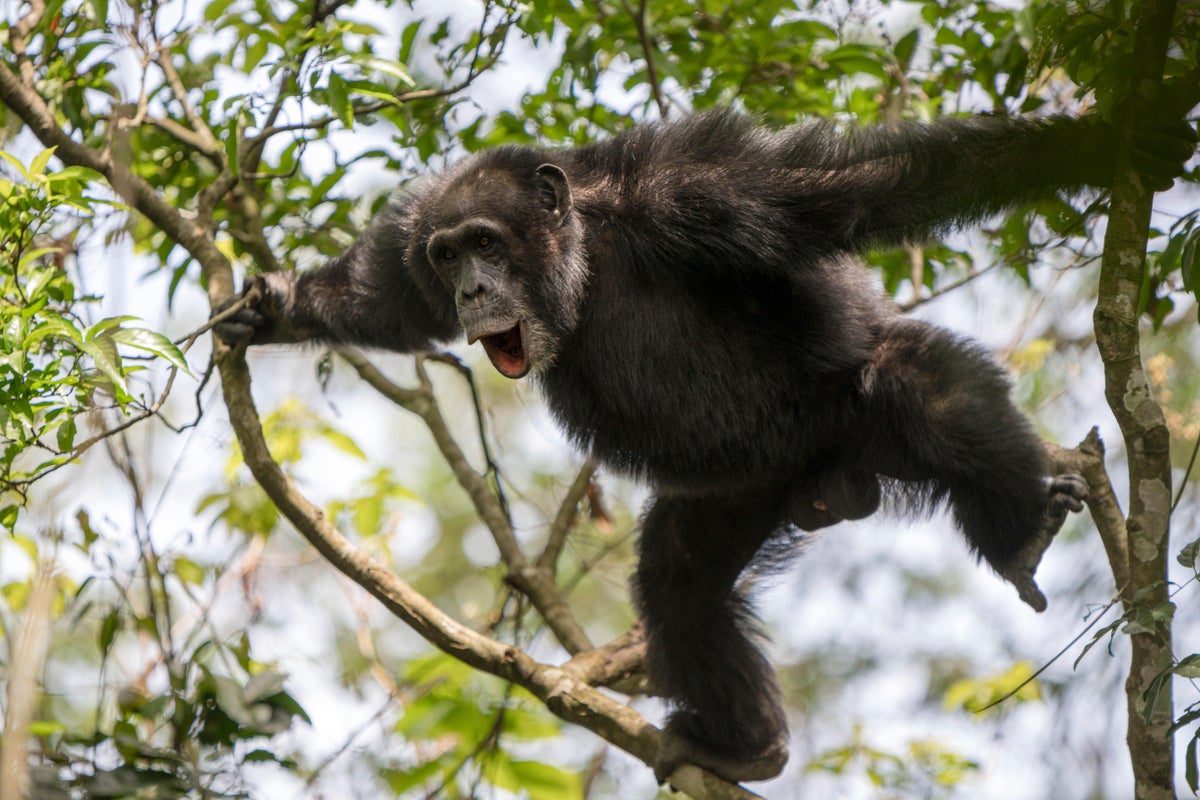
Chimpanzees drum on tree trunks with regular rhythms, suggesting rhythmic drumming may predate humans, a new study reveals.
This discovery offers intriguing insights into the potential rhythmic abilities of our last common ancestor, shared some six million years ago.
Analysis of 371 drumming bouts by chimpanzees demonstrates a clear rhythmic pattern in their tree-trunk percussion, according to University of Amsterdam music cognition researcher Henkjan Honing.
This reinforces the idea that rhythm plays a significant role in chimpanzee communication.
“Our ability to produce rhythm – and to use it in our social worlds – that seems to be something that predates humans being human,” explains study co-author Cat Hobaiter, a primatologist at the University of St Andrews.
This builds upon previous research indicating individual chimps possess unique drumming styles, further solidifying the rhythmic nature of their communication.
When bounding through the jungle, chimps will often grab hold of the tall buttress roots of rainforest trees.
Sometimes they pound them several times to create low-frequency sounds that can be heard for a kilometre or more through the forest.
Scientists believe that the drumming is a form of long-distance communication, perhaps to alert other chimps where one chimp is waiting or the direction it is travelling.
“It’s a way of socially checking in,” said Hobaiter, adding that each chimp has its own “individual signature – a pattern of beats that allows you to recognise who’s producing that drumming”.
The new work showed that chimps from different regions of Africa drum with distinctly different rhythms, with western chimps preferring a more even beat while eastern chimps used varied short and long intervals between beats.
The research was published on Friday in the journal Current Biology.
It’s well-known that chimps use tools such as rocks to crack open nuts and sticks to “fish” termites from their mounds. Tree roots can also be tools, the researchers say.
Chimps are selective about which roots they pound, said co-author Catherine Crockford, a primatologist at the CNRS Institute for Cognitive Sciences in France. Certain shapes and wood varieties create sounds that travel well through dense jungle.
The drummings are likely “a very important way to make contact”, she said.
Source: independent.co.uk


